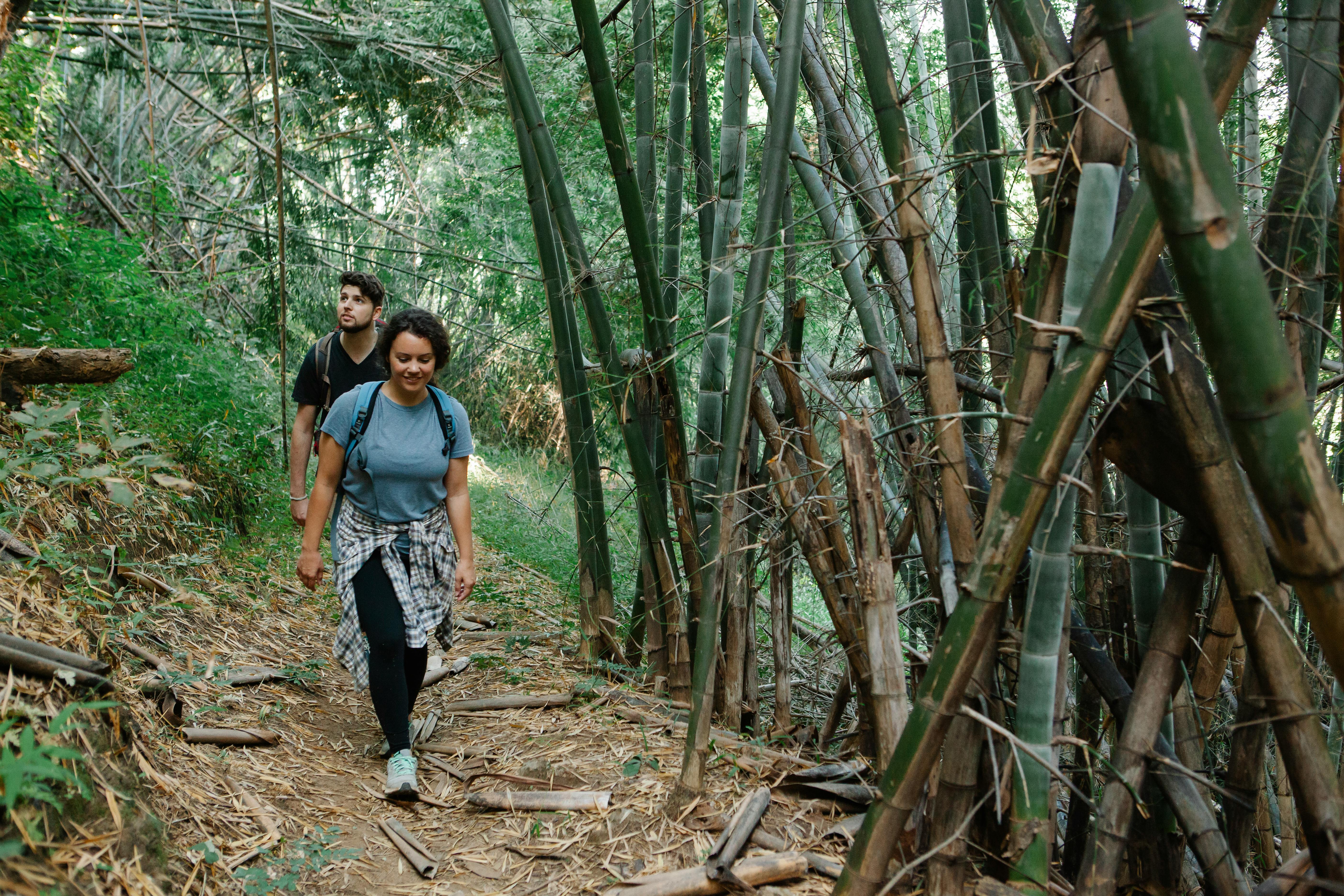I am most familiar with the red radish, which I grow in my garden. If you want to introduce your kids to the miracle of turning a seed into something on your dining room table (aka gardening), the red radish is your answer. It grows quickly in mediocre soil and is usually the first thing I pick from my garden each spring. Just don’t let them put one in their mouth, or they may never want to garden again.
Unfortunately, red radish has very little energy value, but it is high in vitamin C compared to other root vegetables. Liven up a salad or coleslaw, not only with its tangy, spicy flavor, but also with its bright Christmassy red color. The leaves are also edible and have more nutrients than the vegetable itself. That makes it a great little filler when you’re low on salad greens. Soak leaves and radishes in ice water to crisp before serving. Another reason to include radishes in your salad is for their crunchy texture.
Both red radish and horseradish are members of the mustard family, which accounts for their spiciness. Because of this morsel, a little goes a long way. They are the small and tall of the radishes. Horseradish can be five feet tall, while red radish is the height of most ground cover. Horseradish root is mushy until you grate it, which releases its hot mustard oil. Mix it quickly with vinegar or it will lose its flavor, darken and turn bitter. It is best to use the roots shortly after picking or buying them at the supermarket. Horseradish leaves are also edible, unless you’re a horse, in which case it’s poisonous. But I digress.
Vinegar and lemon juice complement the horseradish by adding a tart flavor to it. The vinegar acts as a preservative and prevents the root from losing flavor. If your jar of prepared horseradish has darkened from its original creamy white color, it’s time to replenish it. Cream or mayonnaise enhances the flavor of the horseradish by adding sweetness to it. Therefore, it is often found in the form of a seasoning, but you can buy the light yellow roots as a fresh product. Fresh is better than dry. Add ¾ teaspoon of salt and 2/3 cup of white vinegar for every 1½ cups of grated horseradish root. You will like it more than the prepared things.
Horseradish is often associated with seafood, roast meat, and cocktail sauces. It is also excellent with cream cheese in sauces and with hard-boiled eggs. As with many salad dressings, radishes do not need to be cooked. A little known fact is that southwestern Illinois produces about 85% of the world market for horseradish.
In Japan, horseradish is often dyed green and served as a substitute for the more expensive wasabi radish. Daikon is also a radish that is used mainly in Japan. It looks like a white carrot and is peeled like one. It is often preserved in soy sauce and sugar.
This is probably more than you ever wanted to know about radishes. In general, they are easy to grow, colourful, spicy, crunchy and full of vitamin C with edible leaves. What else do you need to know?
